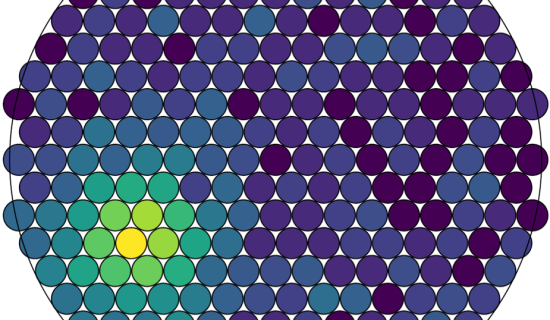Time Projection Chamber
The most striking feature of a xenon dual-phase time projection chamber (TPC) is the ability to independently measure light and charge signals, allowing for position reconstruction, particle identification, and energy reconstruction.
Typically, the cylindrical detector is made of a polytetrafluoroethylene (PTFE) frame for high reflectivity. The top and bottom planes are covered with arrays of light sensors: Photomultiplier Tubes (PMTs). The inner part is filled with liquid xenon to a certain level, with a gaseous xenon layer above. The animation highlights the two signal measurement processes for light and charge.
When a particle deposits energy within the liquid xenon, light (white flash) and charge (red e–) are produced. The light is promptly detected by the top and bottom PMTs as the S1 signal. The electrons are drifted upwards in an electric field, reaching the liquid-gas interface. Here, the electrons are extracted by a second stronger electric field and are accelerated into the gaseous xenon to produce secondary scintillation light called the S2 signal.



